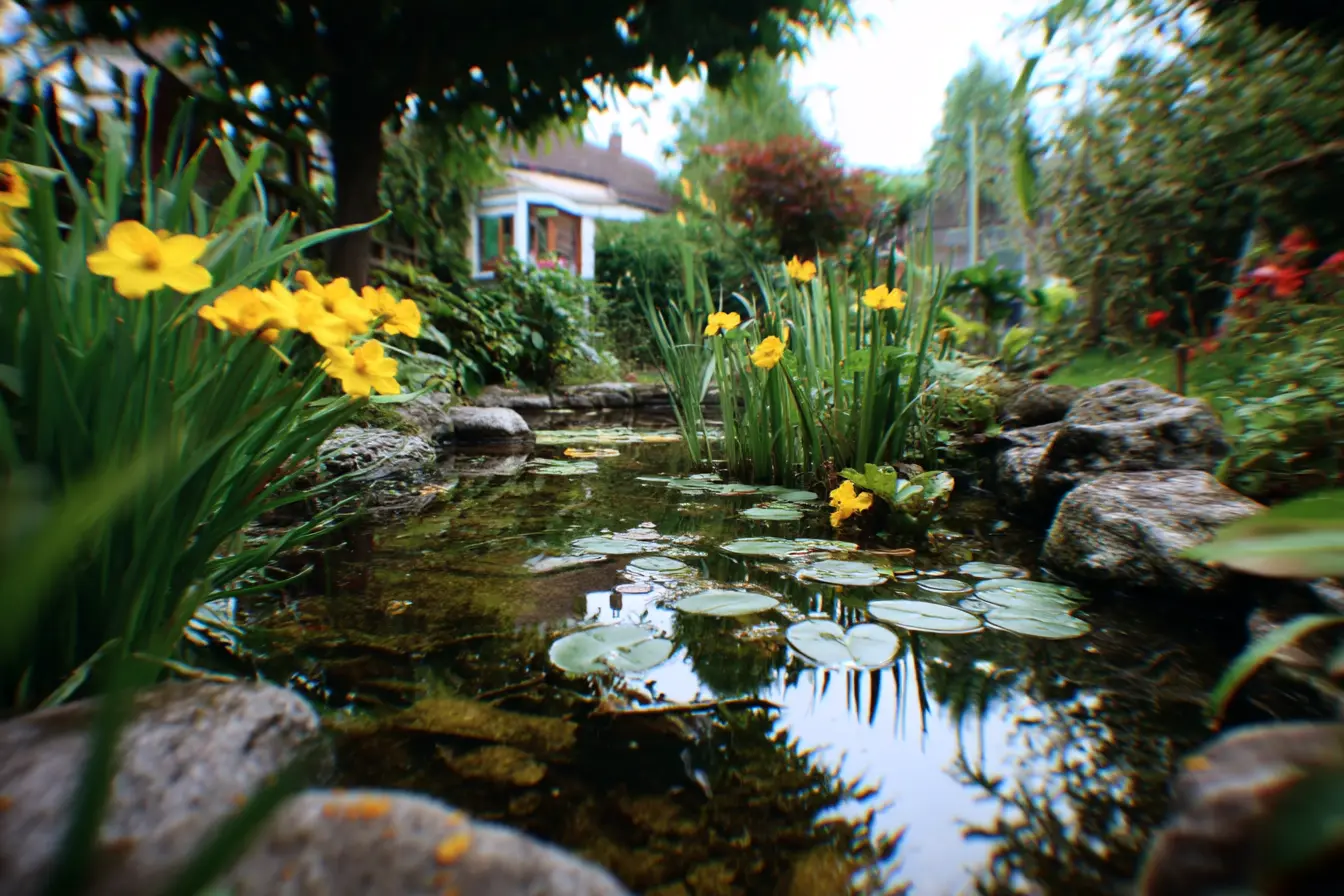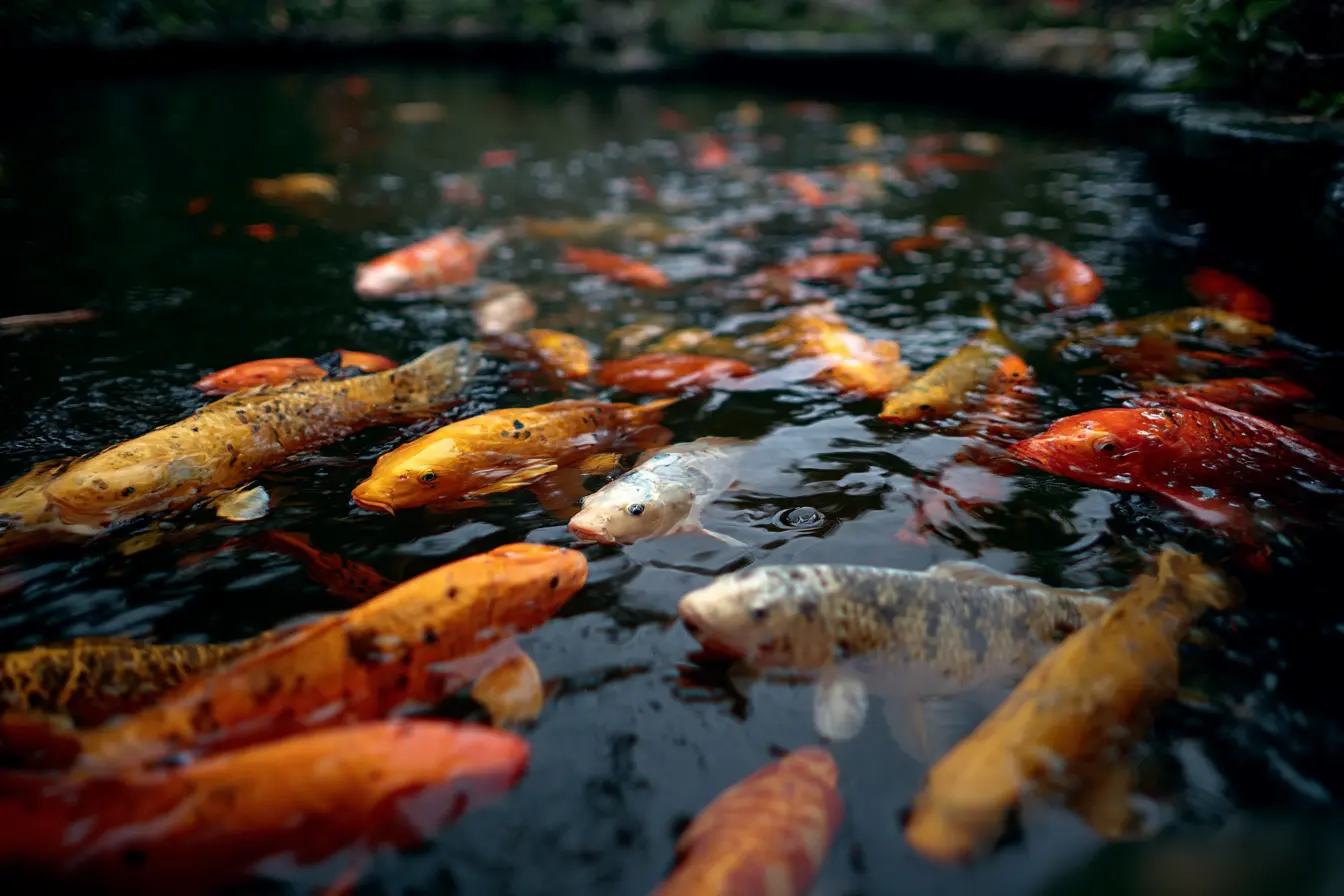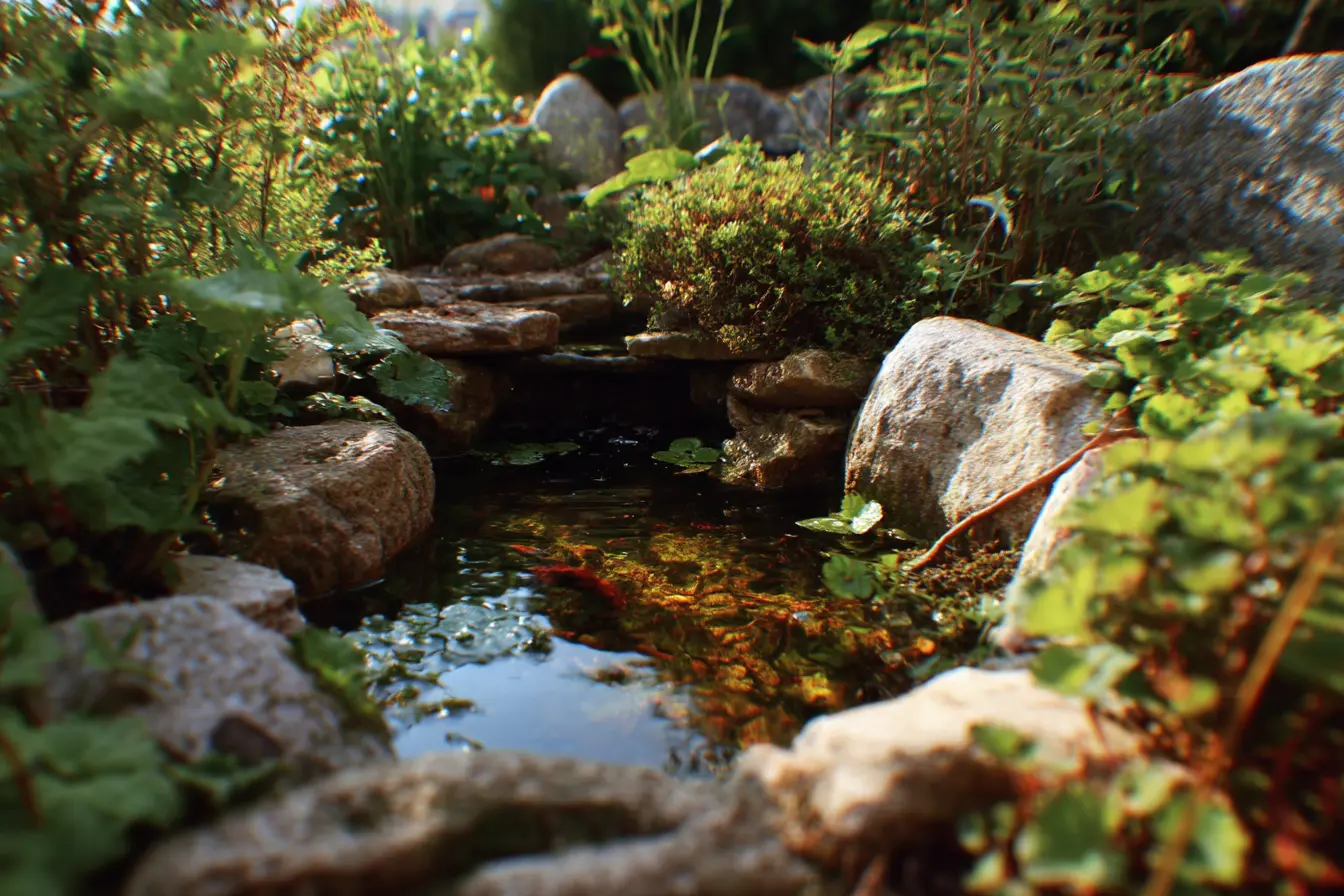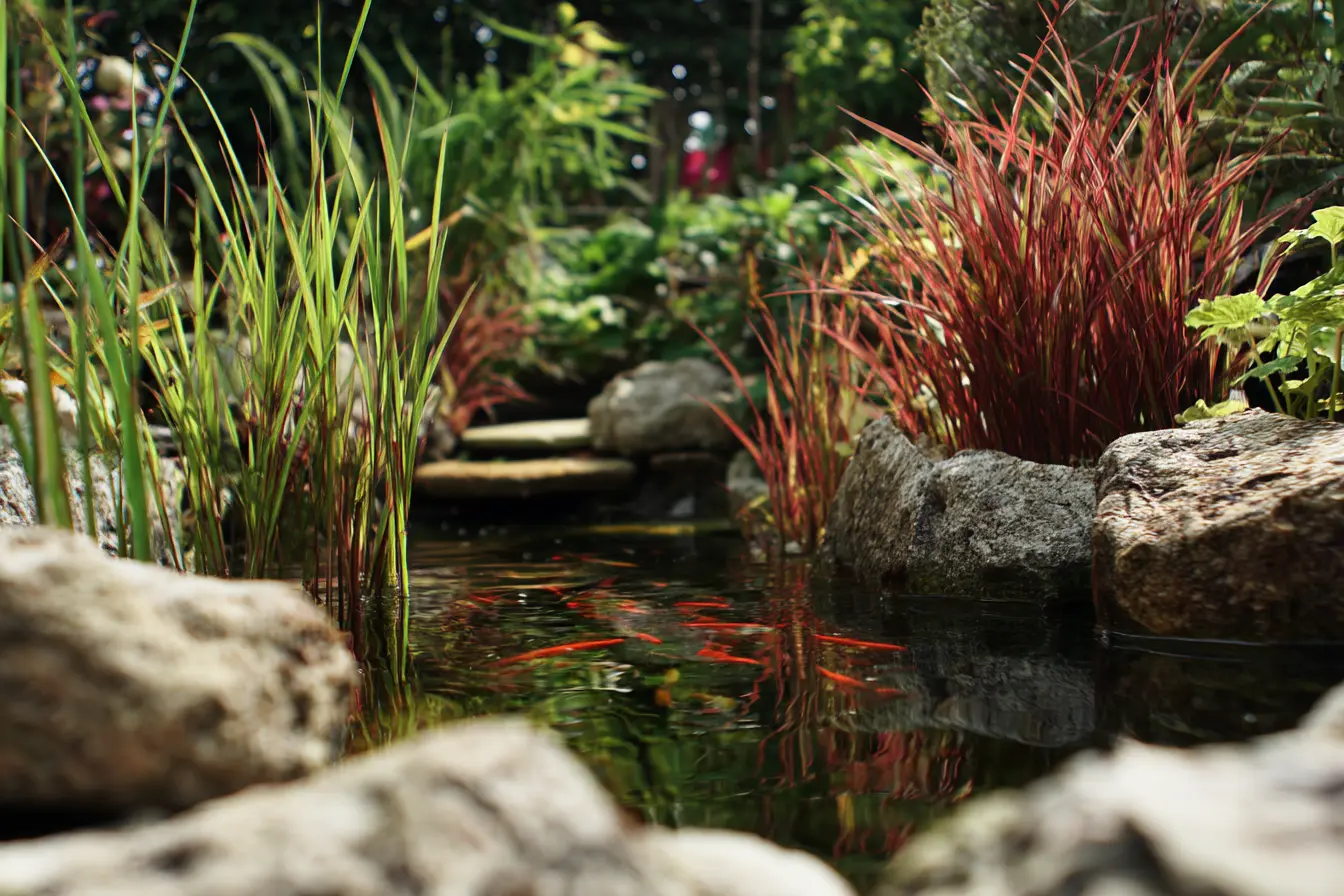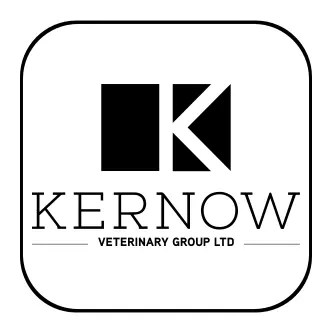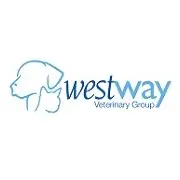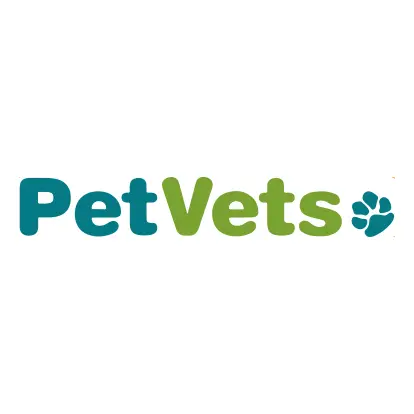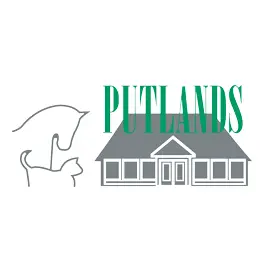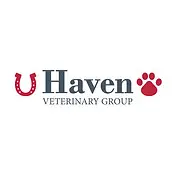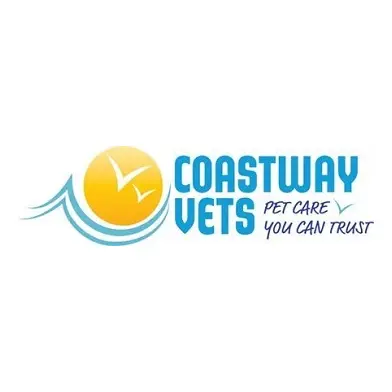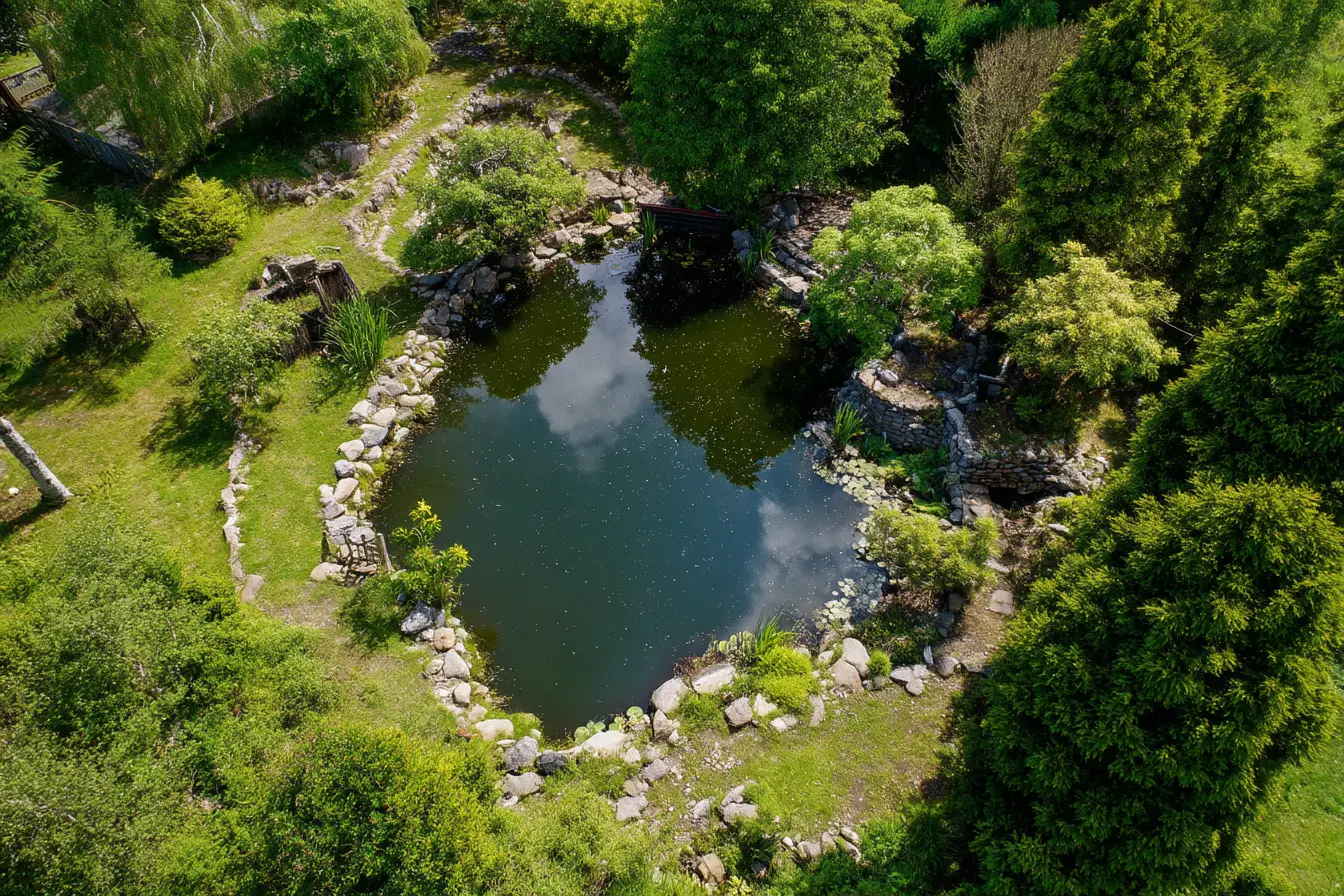
Pond Safety in the Back Garden
A back garden pond can be a beautiful and enriching addition to your outdoor space, offering a tranquil atmosphere, supporting wildlife, and creating a unique focal point. However, ponds also come with important safety considerations — particularly when children, pets, or vulnerable individuals are present.
Whether you're planning a new pond or looking to improve the safety of an existing one, this guide covers everything you need to know to keep your garden pond safe, secure, and enjoyable for everyone.
Why Pond Safety Matters
Ponds, regardless of size, pose potential risks. Even shallow water can be dangerous, particularly to young children. Additionally, electrical equipment, slippery surfaces, and cold water exposure can create hazards.
Prioritising safety ensures that:
- Your garden remains a safe place for children and pets
- You comply with any local authority requirements
- You minimise the risk of accidents and injuries
- You protect wildlife and pond equipment
Key Safety Considerations
Children and Water Safety
Drowning can occur in as little as 5 cm of water, and ponds are naturally attractive to curious children. If you have young children or frequent child visitors, it’s essential to take precautions.
Safety measures include:
- Supervision: Never leave children unattended near a pond.
- Physical barriers: Fence off the pond area with child-proof gates or install a lockable garden gate.
- Raised ponds: Consider building a raised pond with steep sides and a viewing platform, making it harder to fall in.
- Safety grilles: Install a rigid metal or reinforced plastic grille just below the water’s surface. It supports a child’s weight and allows wildlife and plants to thrive.
Pets and Wildlife
- Pet access: Most dogs and cats are cautious around water, but some may attempt to drink or wade in.
- Sloped edges: Gentle gradients help pets, birds, or hedgehogs climb out if they fall in.
- Hiding places: Provide rocks or ledges as refuge for fish if predators (like cats or herons) are present.
- Avoid toxins: Do not use chemical treatments that can be harmful to animals or aquatic life.
Slippery Surfaces and Trip Hazards
Surfaces around the pond edge can become slippery with algae or wet leaves.
To reduce the risk:
- Use non-slip paving or textured stone around the pond perimeter
- Regularly sweep leaves and debris
- Avoid placing decorative items, hoses, or cables in walkways
- Consider low-level landscape lighting for visibility in the evening
Electrical Equipment
Most decorative fish ponds include electrical components such as pumps, filters, UV clarifiers, and lighting. These must be installed and maintained correctly to avoid electrical shock or equipment failure.
Best practices:
- Use equipment rated for outdoor and pond use (IP68 or higher for submerged components)
- Always use RCD (residual current device) protection
- Hire a qualified electrician to install outdoor sockets and connections
- Regularly inspect cables and connectors for wear or damage
- Keep junction boxes elevated and protected from water ingress
Pond Depth and Design
- Depth: Deeper ponds (over 60 cm) pose more of a hazard but are better for fish. Always weigh safety against functional needs.
- Stepped shelves and ledges: These help reduce the risk of sudden drops and can aid rescue if someone enters the water.
- Gradual slopes: Offer safe entry and exit points for people and wildlife.
- Clear water visibility: Allows better monitoring and response if needed.
Making an Existing Pond Safer
If you already have a pond, it’s still possible to improve safety:
- Install a safety grid: Durable mesh or a purpose-built grille can be fitted over the water surface.
- Add fencing: Low-profile decorative fencing can keep small children out while maintaining the look of your garden.
- Create a barrier with planting: Dense hedging or tall marginal plants around the perimeter can deter access.
- Review lighting and access: Make sure paths are well-lit and safe to walk on, especially in the evening.
Safety for Wildlife
- Ensure there are shallow areas and sloped edges so amphibians and mammals can easily enter and exit the pond.
- Avoid netting that may entrap birds or hedgehogs — if used, install it taut and elevate above the water surface.
- Do not overuse pond treatments, especially algaecides or dyes, which may harm beneficial creatures.
Legal and Insurance Considerations (UK)
- There is currently no specific UK law banning garden ponds, but you may be liable if someone is injured on your property due to an unsafe feature.
- If you're a childminder or have frequent visitors, you may be subject to health and safety inspections.
- Check your home insurance — ponds may need to be declared, particularly if they are large or feature complex structures.
Emergency Preparedness
It’s always wise to prepare for the unlikely:
- Keep a life ring, rope, or pole nearby in case of emergencies
- Teach children and guests pond safety rules
- Know how to respond in a drowning or electrical emergency
Summary of Key Safety Tips
- Supervise children and pets around water at all times
- Install a grille, fence, or barrier around the pond
- Use non-slip materials and keep the area tidy
- Ensure electrical equipment is safe and properly installed
- Maintain good visibility and clear access around the pond
- Consider wildlife-friendly slopes and refuge areas
Final Thoughts
A garden pond can be a peaceful, beautiful feature that enhances your outdoor space — but safety should always come first. With a combination of thoughtful design, preventative measures, and regular checks, you can enjoy your pond with peace of mind, knowing it’s safe for all who visit your garden.
Take the time to assess your pond’s safety today — and make it a haven, not just for fish and frogs, but for your whole family.
Related Vets
Vets near you
Speciality vets
- Aquatics vet specialists
- Birds vet specialists
- Camelids vet specialists
- Cats vet specialists
- Cattle vet specialists
- Deer vet specialists
- Dogs vet specialists
- Equines vet specialists
- Exotic vet specialists
- Goats vet specialists
- Pigs vet specialists
- Poultry vet specialists
- Sheep vet specialists
- Small Mammals vet specialists
- Wild vet specialists
